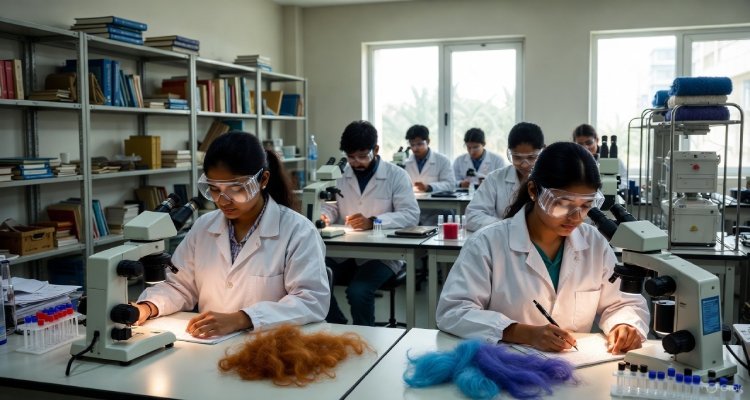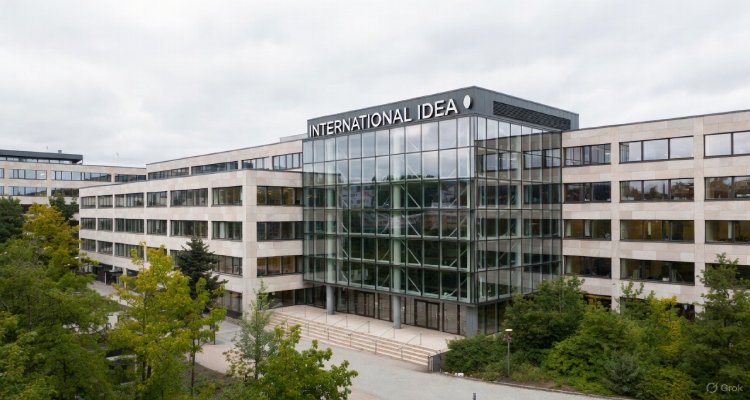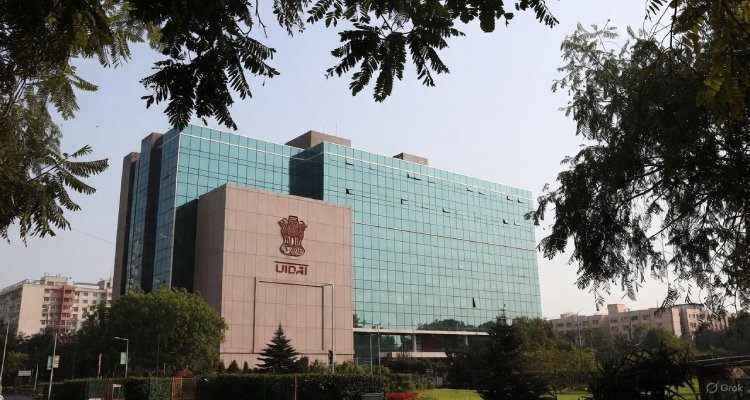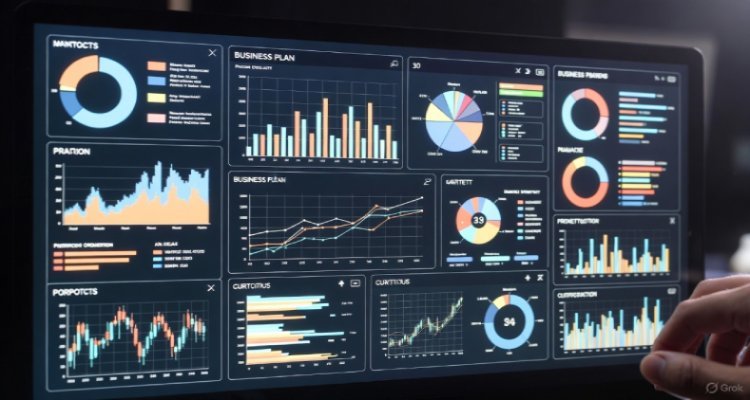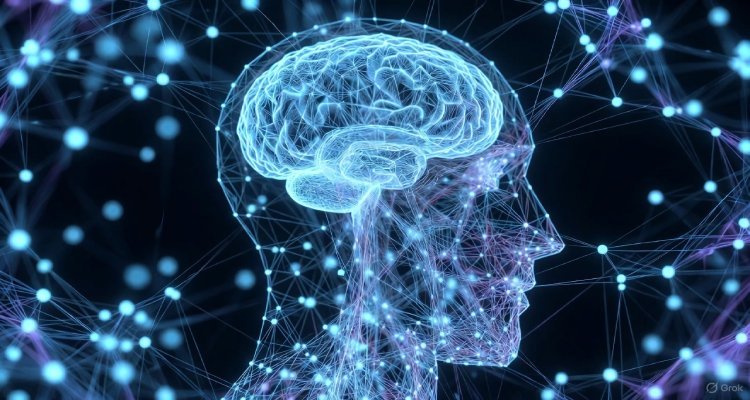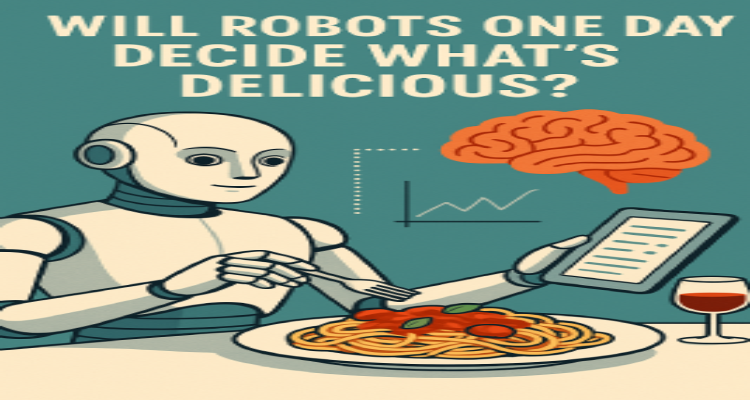Will Robots One Day Decide What’s Delicious?
As AI begins to redefine creativity, could robots soon decide what we find delicious? Explore how machine learning, taste algorithms, and synthetic senses are reshaping the future of food.
Introduction: When Machines Develop a Taste for Flavor
In a test kitchen outside Tokyo, an AI-powered chef recently created a pasta recipe that human tasters described as “surprisingly emotional.” Across the world, food scientists are training algorithms to replicate, predict, and even improve what humans perceive as delicious.
As technology evolves from automating kitchens to defining culinary preferences, a question emerges: will robots one day decide what’s delicious—redefining taste itself?
The Evolution of Machine Taste
Food technology has come a long way since the first vending machine dispensed snacks. Today’s AI systems are equipped with neural taste networks, chemical sensors, and flavor modeling algorithms capable of analyzing thousands of ingredients in seconds.
Companies like IBM’s Chef Watson and Sony’s AI Gastronomy project have already explored data-driven recipes, combining unlikely ingredients to produce new flavor experiences. Meanwhile, startups are developing electronic tongues that simulate human taste receptors, enabling machines to “taste” sweetness, saltiness, and umami through chemical detection.
These innovations don’t just automate cooking—they challenge the human monopoly on flavor judgment.
Data-Driven Palates: How AI Learns Taste
Taste, as neuroscientists explain, is deeply personal. It’s shaped by genetics, culture, and emotion. Yet AI systems are being trained to detect patterns that define human preferences.
By analyzing millions of recipes, user reviews, and sensory data, machine-learning models identify combinations statistically correlated with pleasure. If people worldwide prefer the umami balance in soy sauce and Parmesan, AI notices—and reproduces that profile across cuisines.
Some researchers even train deep learning models on brain-scan data that link certain flavor profiles to dopamine responses. Essentially, robots are learning not just what tastes good, but why it feels good.
The Rise of AI Chefs and Flavor Designers
Restaurants and food labs are already experimenting with algorithmic taste. In Copenhagen, an AI-assisted restaurant menu evolves daily based on guest feedback and ingredient freshness.
In the United States, beverage companies use predictive AI to design new drinks—ones optimized for regional palates or even mood-based consumption. “We’re not just following human taste anymore,” said Dr. Lina Escobar, a food innovation scientist at MIT’s Sensory Systems Lab. “We’re co-creating with algorithms that understand patterns beyond our sensory limits.”
Some chefs embrace it as collaboration. Others fear a culinary world stripped of intuition and tradition.
When Algorithms Challenge Human Palates
AI’s definition of “delicious” doesn’t always align with human instinct. In one experiment, a neural network suggested combining chocolate with oyster sauce and banana peels—a dish that failed spectacularly in human trials.
Such moments reveal a philosophical tension: is taste a quantifiable pattern or an emotional experience?
“Flavor is not just chemistry,” explains Chef Marco Fontaine, a Michelin-starred restaurateur. “It’s memory, culture, and storytelling. Machines can simulate taste, but can they feel nostalgia?”
Still, as AI systems get more sensory input—like olfactory sensors mimicking smell or haptic sensors gauging texture—they inch closer to replicating human multisensory perception.
Public Reactions and Ethical Flavor Questions
Public opinion remains divided. Some see AI-driven flavor design as a way to end food waste, enhance nutrition, and personalize diets. Others worry about homogenization—a future where a few algorithms decide what billions should eat.
Food ethicists also raise questions about algorithmic bias: if AI models are trained on Western-centric data, could they marginalize indigenous or local cuisines?
“AI could unintentionally erase cultural diversity in taste,” warns Dr. Priya Menon, a sociologist specializing in food systems. “Deliciousness is not universal—it’s cultural memory.”
The Implications: A New Era of Culinary Co-Creation
If machines start influencing global flavor trends, the implications stretch beyond the kitchen. Supermarkets might stock products optimized by algorithms for maximum consumer satisfaction. Food delivery apps could predict cravings before users feel them.
AI may also redefine nutrition. By balancing pleasure with health data, robots could create foods that taste indulgent but align with personal wellness goals—a harmony human chefs rarely achieve at scale.
And in the far future? It’s possible AI will help design synthetic foods for space colonization, where traditional ingredients are scarce but flavor memory remains essential to human morale.
Conclusion: The Future Taste of Humanity
We’re entering an era where technology not only cooks for us but learns what we love. Whether this leads to culinary enlightenment or a loss of human touch depends on how we guide these machines.
Perhaps the real question isn’t whether robots will decide what’s delicious—but whether we’ll let them redefine our sense of taste.
Because in the end, deliciousness may remain less about algorithms and more about emotion—the one flavor no robot can replicate.
Disclaimer: This article is for informational and educational purposes only. It does not represent the views of any organization or guarantee the accuracy of scientific claims.



